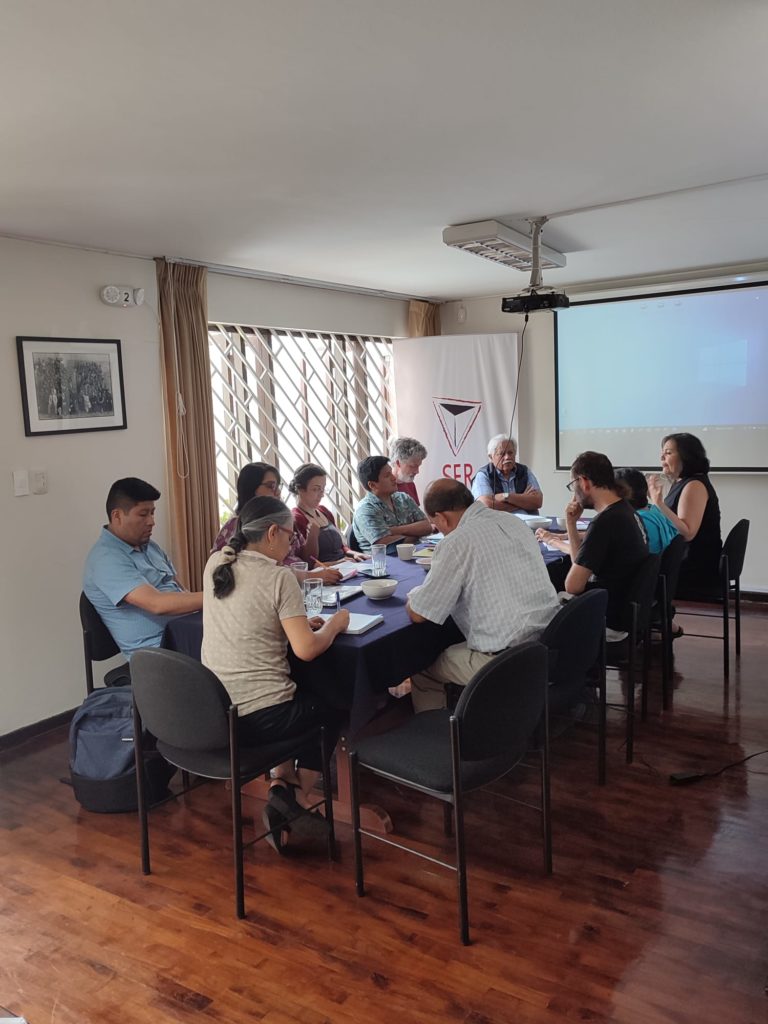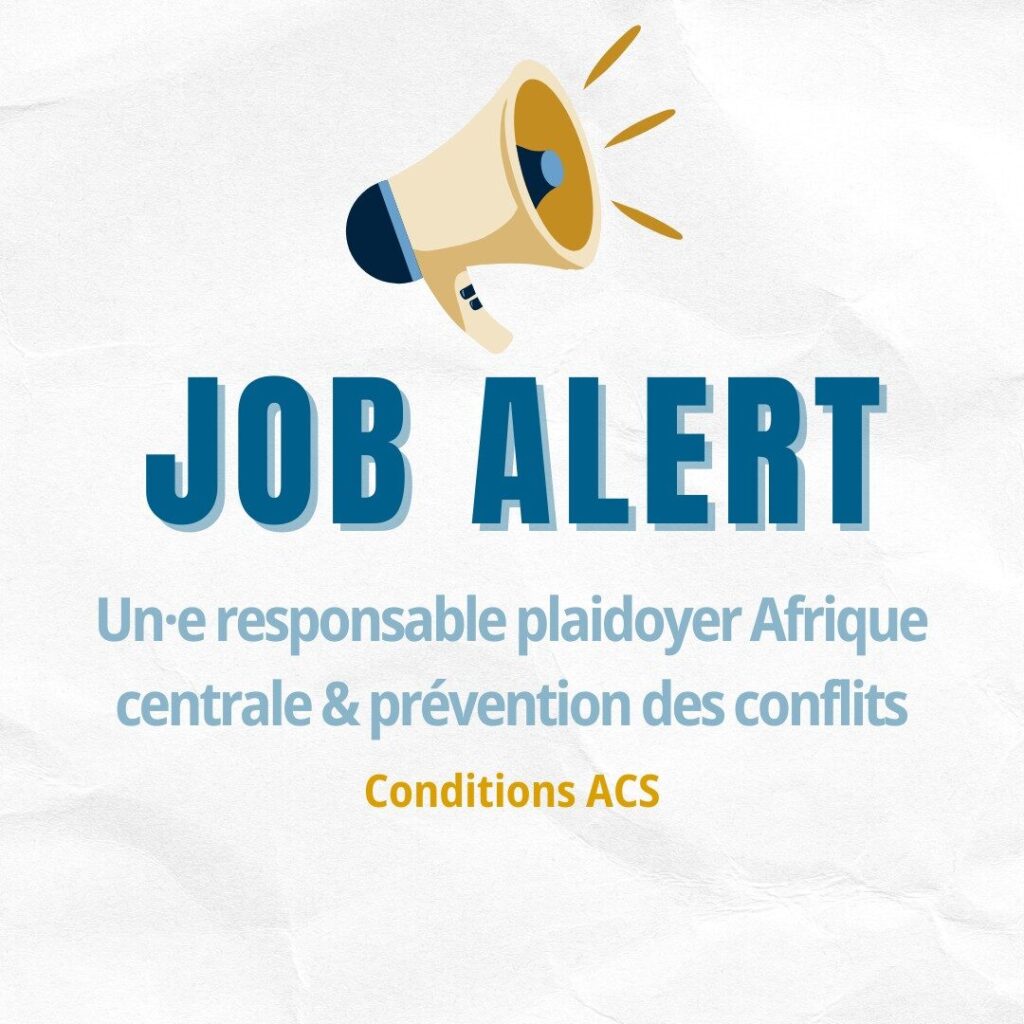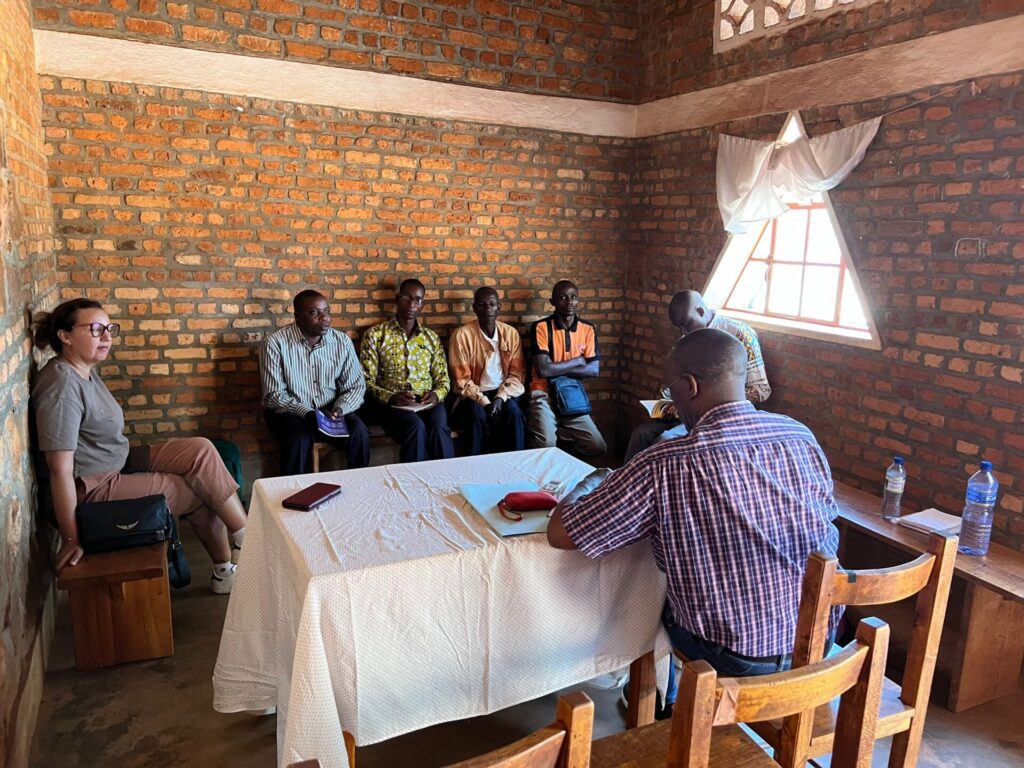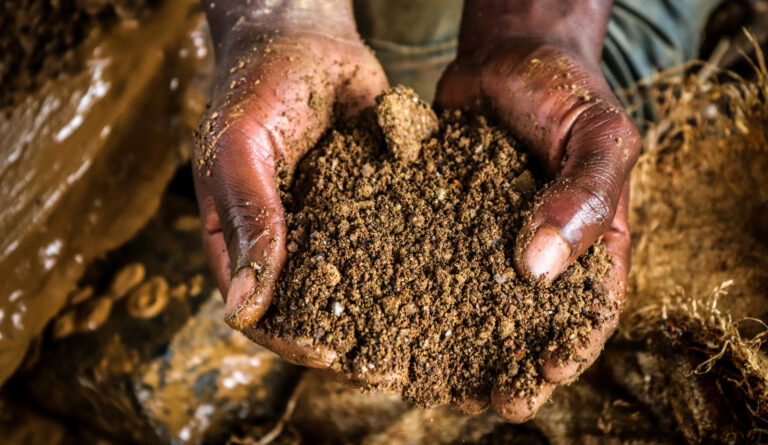
From April 15 to May 1, Mikaël (advocacy officer) and Martin (communications officer) flew to Lima, où les partenaires de l’association SER (Servicios Educativos Rurales) les attendaient avec un programme destiné à renforcer le travail de plaidoyer politique de CJP, et à récolter du matériel audiovisuel pour la refonte d’un outil pédagogique sur la mine au Pérou.
A meeting with our Peruvian associative partners
On site, we were supported by associations SER, Grufids, Red Muqui And CooperAction. Based on their expertise on the mining issue and the extractivist model, ils nous ont fait rencontrer des acteurs et actrices pertinent·es pour discuter des enjeux soulevés par les grosses sociétés minières, mais aussi les mines illégales, ou “informelles”.
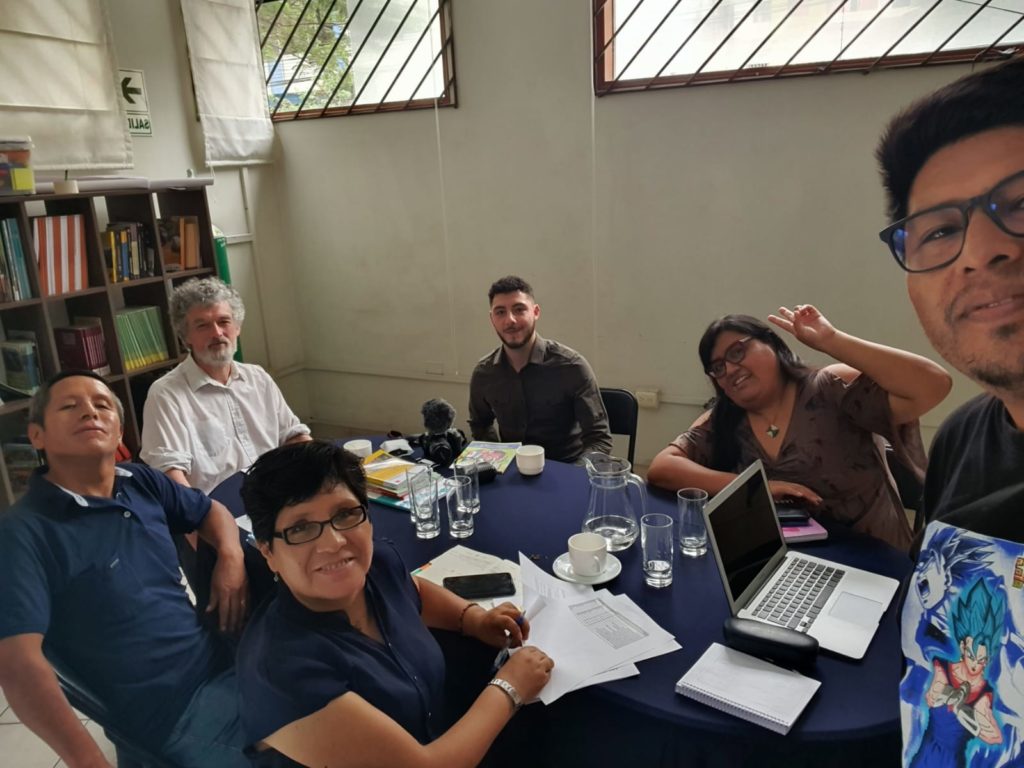
C’est ainsi que nous avons rencontré des chercheurs et chercheuses, des universitaires, des leadeurs et leadeuses de communautés, des citoyen·nes, etc. qui nous ont parlé mines and the consequences of the extractivist model developed by the country.
We met these many people in the regions of Lima, Huancayo, Junin, Pasco, Cusco, Apurimac and Cajamarca and visited numerous mining sites thanks to the field knowledge of our partners.
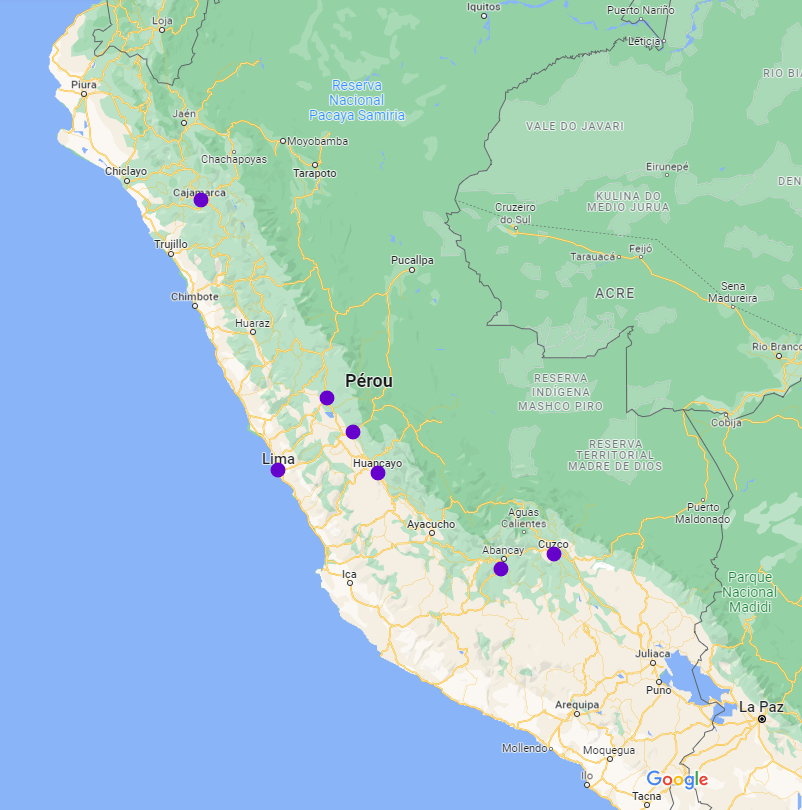
The extractivist model: disastrous consequences for populations and ecosystems
In Peru, the mine is present in many rural regions, where Quechua and Uros communities live in particular. L’agriculture et l’élevage sont rendus extrêmement difficiles par la proximité de gigantesques mines qui empoisonnent l’eau, l’air et les sols. The farmers met in particular in the regions of Cajamarca, Puno, Espinar and Cuzco report d’une catastrophe sur les écosystèmes, mais aussi sur leur mode de vie. La contamination de la population aux métaux lourds est monnaie courante, ainsi que la contamination de leurs plantations et de leurs bétail. Ces personnes, vivant normalement du commerces de ces denrées, ne peuvent plus les vendre, à cause des taux de métaux élevés présents dans celles-ci. De plus, la criminalisation des personnes s’opposant à la mine oblige ces dernières – faute de moyens financiers – à recourir à diverses associations et ONG’s pour défendre leurs droits.
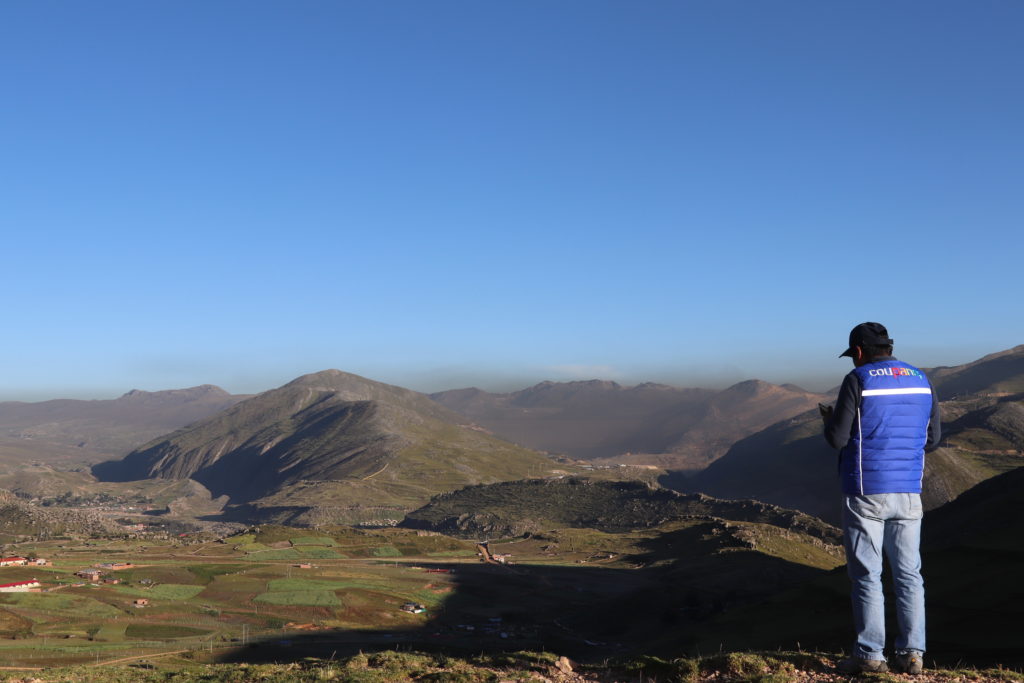
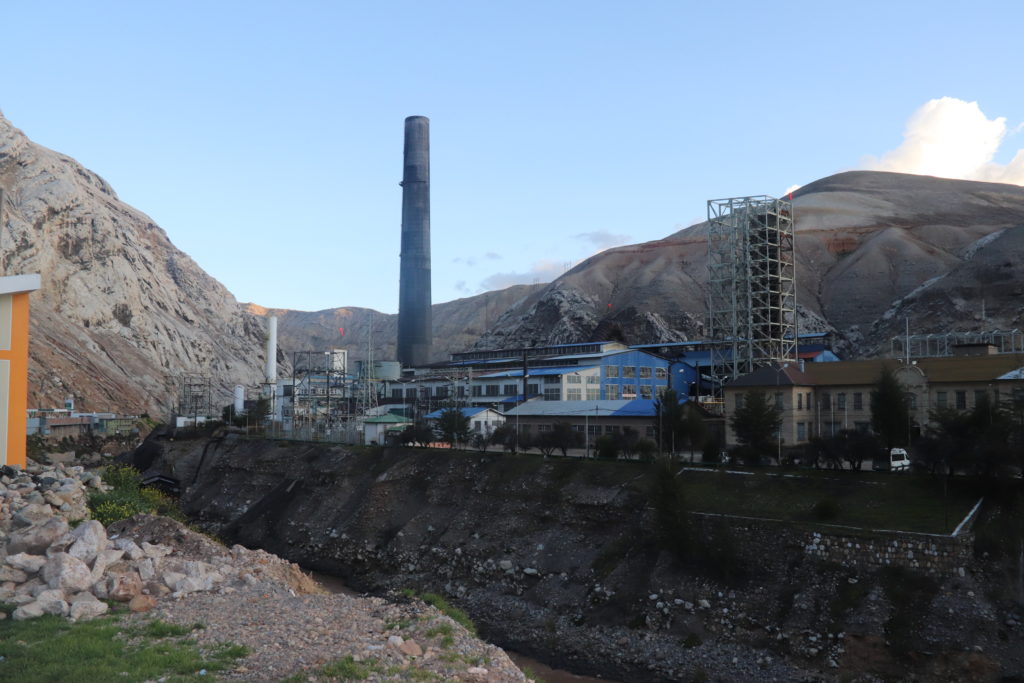
Diverse objectives in Peru for Justice & Peace
Our objective, in Peru, was twofold (or even triple). Les rencontres de partenaires aux profils distincts nous ont permis de récolter du matériel à destination d’un plaidoyer politique belge et européen thanks to the discussions initiated where we addressed both the consequences of the mine and the extractivist system, as well as its concrete alternatives. We were also able récolter du matériel à destination de la réactualisation future de notre outil pédagogique “L’or à tout prix” (2016), intended for secondary school teachers. Finally, thanks to visits to mining sites and meetings with citizens of the regions we will be able to raise awareness among the Belgian population of these issues, often unknown to the general public.
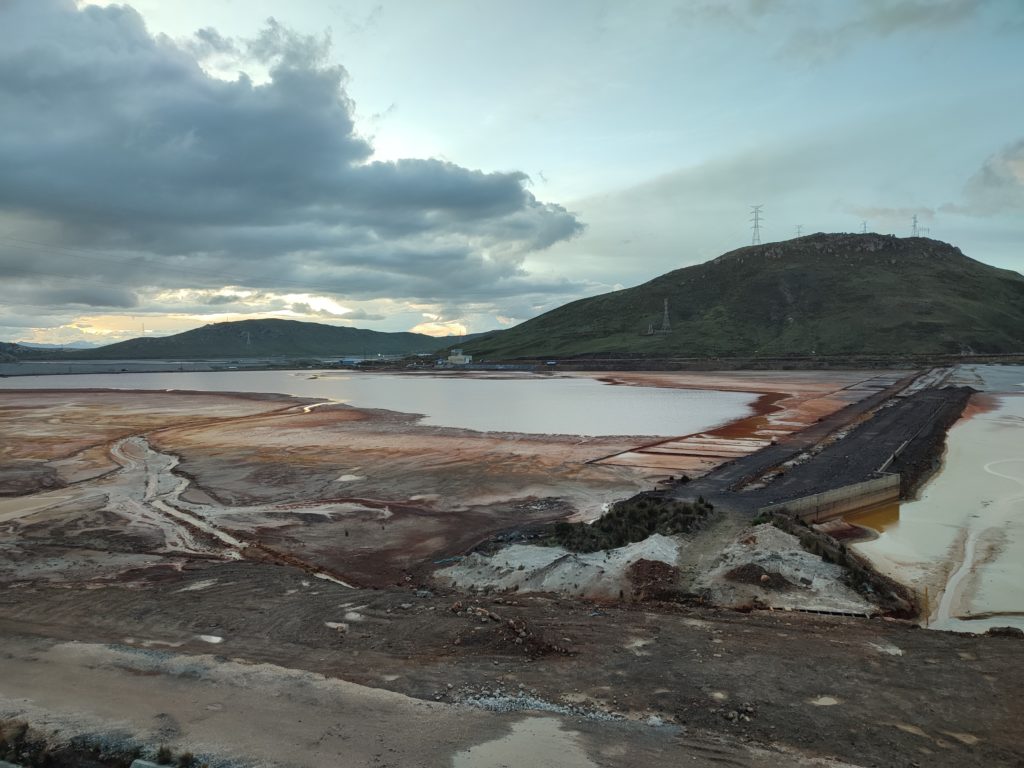
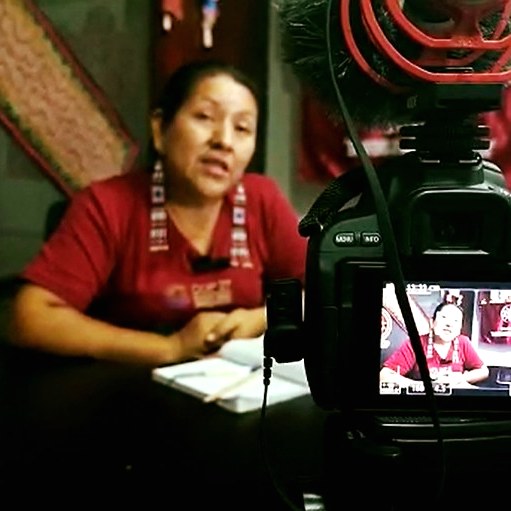
What are the alternatives to the Peruvian extractivist system?
Many possible solutions were discussed during these 2 weeks of meetings. Certaines à un niveau local, d’autres à un niveau national ou international. Citons notamment l’agriculture, très développée dans certaines régions du pays, qui jouissent de nombreuses variétés natives de maïs, patates, avocats, etc.
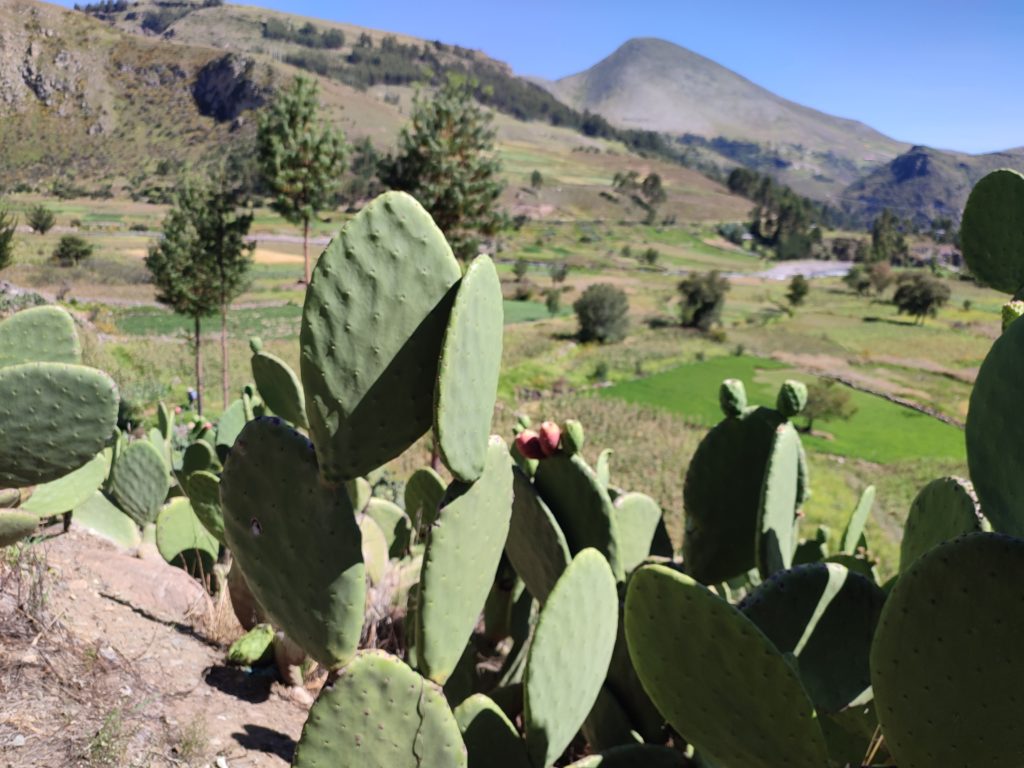
Work should also be undertaken with certains laboratoires et universités nationales pour systématiser les études des terrains avant l’installation d’un site minier, afin d’avoir des preuves suffisantes pour poursuivre les sociétés responsables des dégradations sur la nature et de l’état de santé des populations, ainsi que de questionner ce système permissif.
At an international level, a duty of vigilance and traceability systems for strategic metals should be considered, tant les conséquences de l’extraction de ceux-ci paraissent invisibles aux yeux des responsables politiques européen·nes. Pour certaines personnes rencontrées, the Peruvian system leaves too much freedom to multinational companies and illegal mines, qui s’approprient les terrains, exproprient les citoyen·nes et détruisent les écosystèmes en toute impunité.
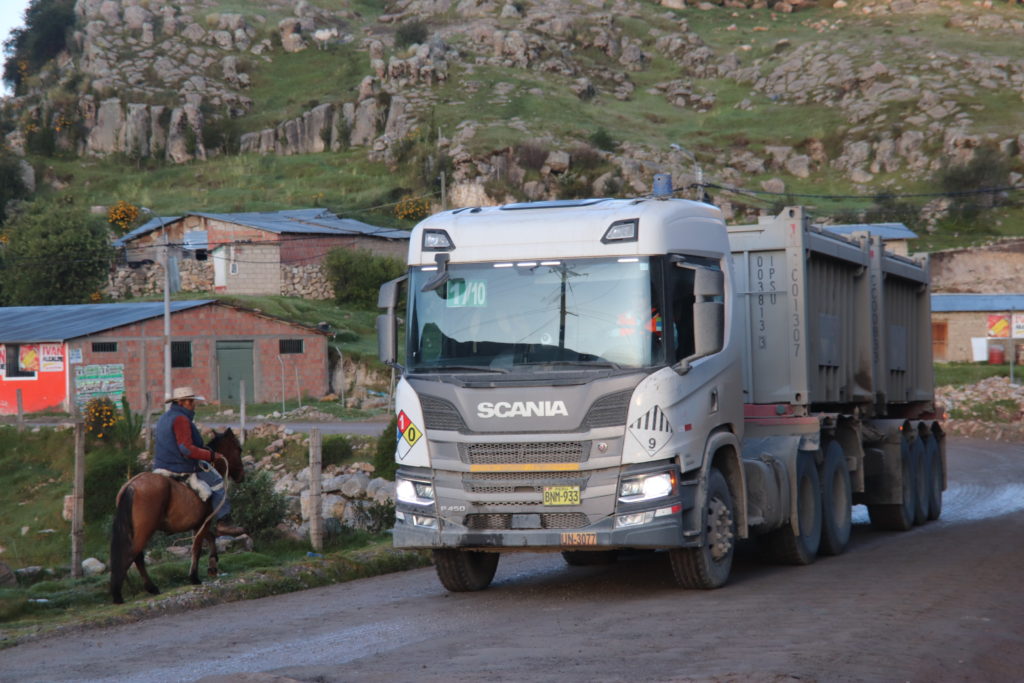
À nous et à nos partenaires péruviens, belges et internationaux d’utiliser ce matériel à bon escient. De nombreuses autres pistes ont été évoquées, et ont déjà été abordées avec nos partenaires à Lima, afin de transformer des pistes de solutions en action. A work that we will continue to do from Belgium!
